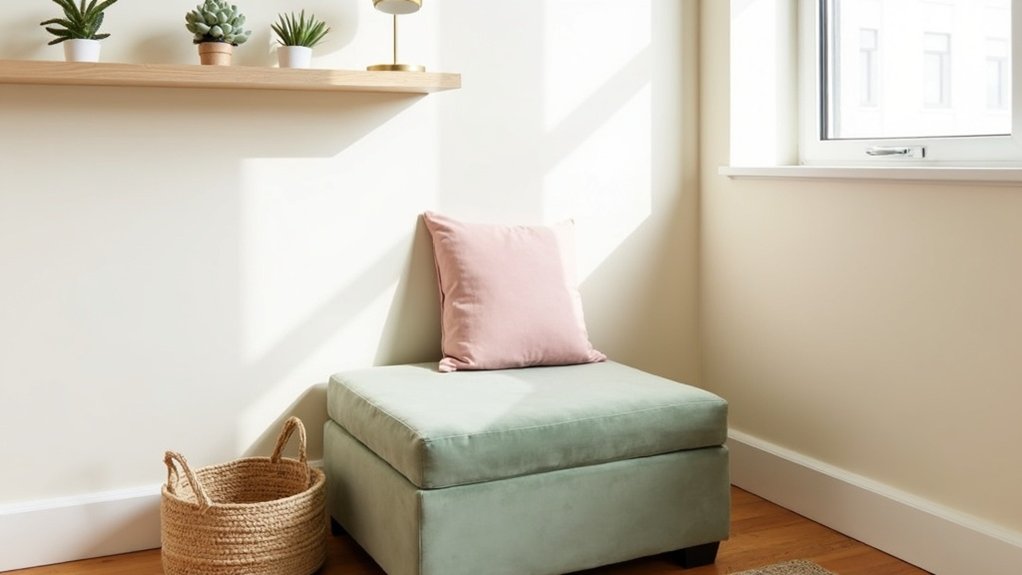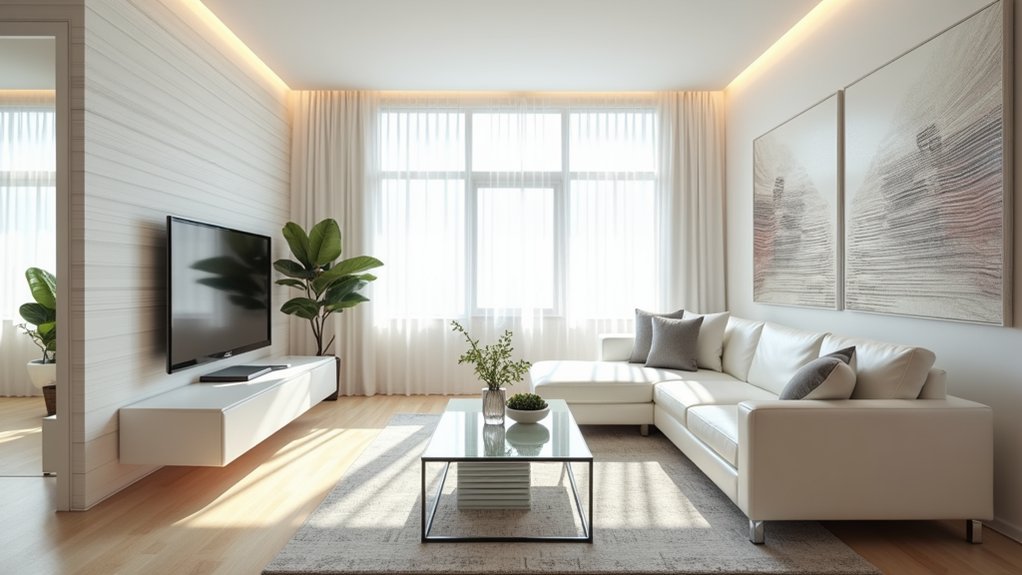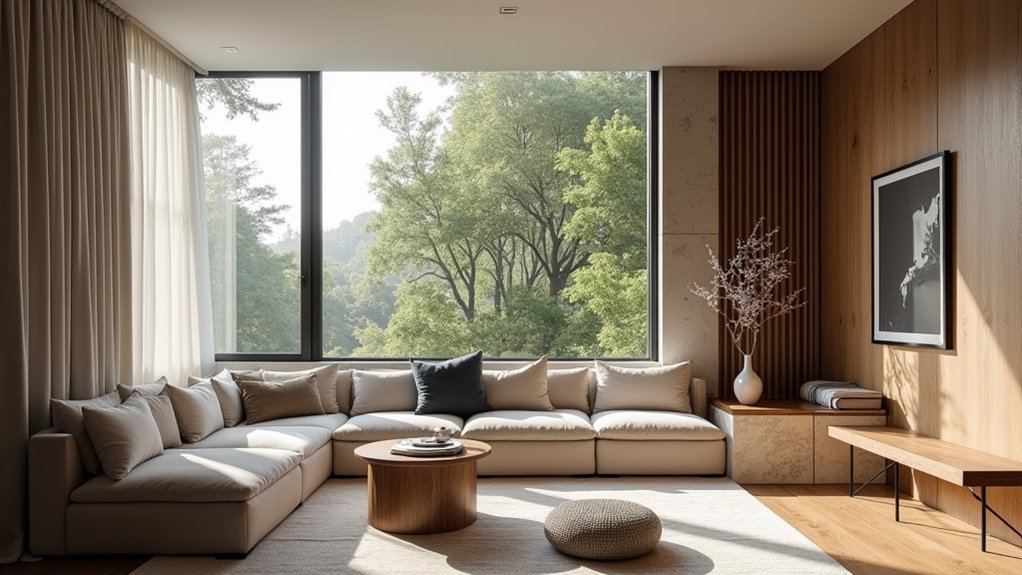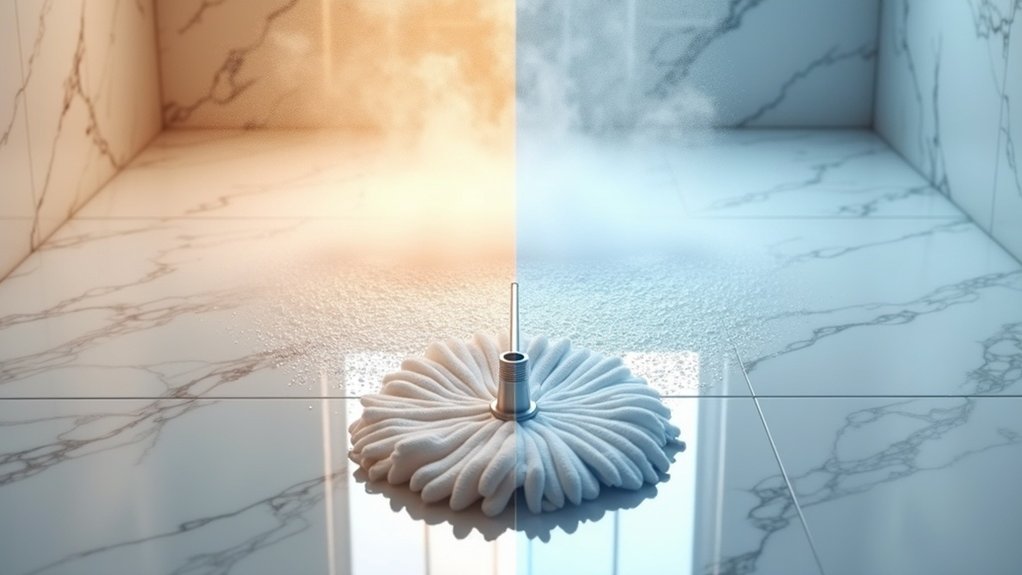While tiny spaces present unique design challenges, transforming them into chic and functional havens requires a strategic blend of creativity, restraint, and purposeful choices. Small rooms demand thoughtful consideration of every element, from furniture selection to color palettes, ensuring each decision serves both aesthetic and practical purposes.
The foundation of any well-designed compact space begins with furniture that balances subtlety and sophistication. Classic pieces featuring understated details, such as curved-back sofas or low-slung armchairs, introduce elegance without overwhelming limited square footage. These carefully chosen items avoid generic minimalism while maintaining proportional harmony. Selecting pieces with visible legs creates an airy, open atmosphere that prevents the room from feeling visually weighed down. Artisanal finishes and thoughtful shapes boost the perceived value of each piece, transforming cramped quarters into curated environments that feel intentionally designed rather than compromised by size constraints. Timeless design principles ensure these foundational pieces remain relevant through changing trends and personal style evolution. Additionally, incorporating natural materials can enhance the overall aesthetic while promoting sustainability.
Classic furniture with understated details transforms cramped quarters into curated environments that feel intentionally designed rather than compromised.
Vintage accents provide another layer of personality, introducing warmth and character through carefully selected preloved pieces. A small antique stool, an ornate mirror, or a weathered picture frame creates visual interest while establishing contrast between old and new elements. This mixing of eras prevents small rooms from feeling flat or catalog-like, instead cultivating spaces with genuine depth and individuality.
Successful small-space design relies heavily on strategic zoning and multi-functional solutions. Area rugs anchor distinct zones within open layouts, while convertible furniture maximizes utility without cluttering floor space. Dual-purpose areas, like kitchen desks or bedroom reading nooks, increase functionality through intelligent planning rather than additional furnishings.
Texture plays an important role in preventing compact rooms from feeling one-dimensional. Layering materials—combining linen with velvet, wood with metal, matte ceramics with glossy accents—creates tactile variation that enriches the sensory experience. These textural contrasts define zones while making pared-back color schemes feel complete and inviting.
Lighting and mirrors work together as space-expanding tools. Wall sconces and pendant lights preserve valuable surface area, while strategically placed mirrors amplify natural light and create illusions of doubled space. Glass furniture and reflective accessories add sparkle without visual weight.
Finally, neutral color palettes promote airiness and continuity throughout tiny spaces. Light tones improve openness, while coordinated schemes prevent visual fragmentation. Natural wood elements introduce warmth, and limited color accents create focal points without overwhelming the senses, achieving harmony between style and function.







